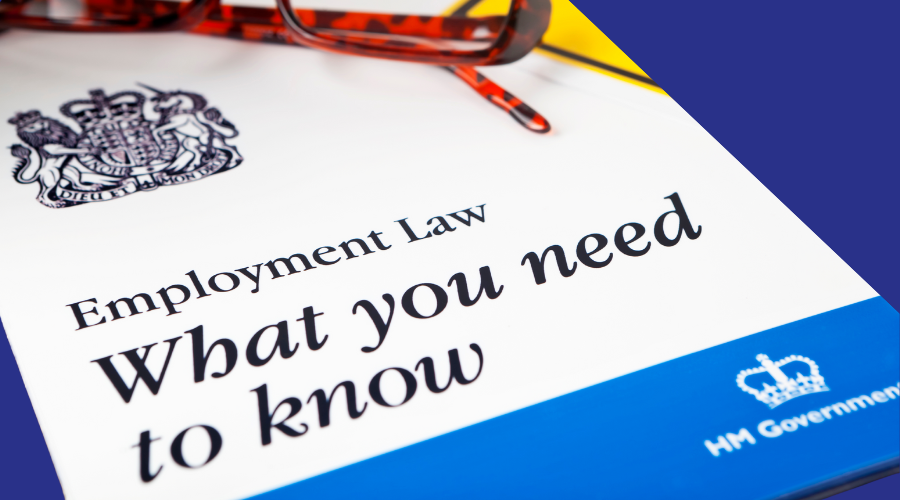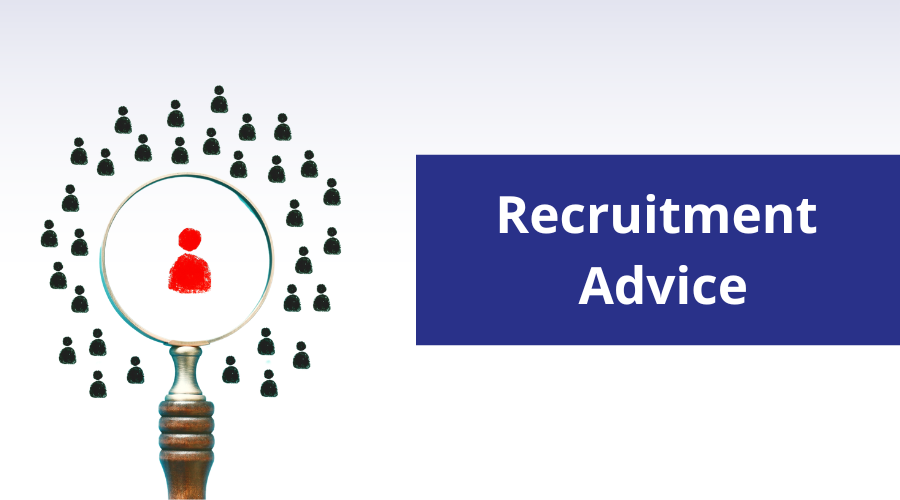
Quick CV Dropoff
Want to hear about the latest non-profit and public sector opportunities as soon as they become available? Upload your CV below and a member of our team will be in touch.

Then it's time to look at role design.
In the past 3 months, 89% of TPP consultants have encouraged a candidate to apply for a job that they didn't consider or a recruiting manager to meet a candidate for an interview, even though they didn't match all essential requirements on the job description. 28% of these candidates got the job!
In a recent TPP poll, we asked hiring managers if, when they last recruited, the job description and essential criteria were up to date, inclusive, and fit for purpose. 13% of respondents said no and 50% said they only reviewed when the vacancy arose. If a vacancy needs filling quickly, is the job description being reviewed fully and effectively or is it rushed to start advertising?
Without a Recruitment Consultant advocating on a candidate or organisation's behalf, many roles wouldn't be applied to, with organisations missing out on brilliant talent. Which is why role design is essential, not only at the recruitment stage but to build a motivated sustainable workforce.
Role design is changing a vague, imprecise approach to recruitment into a rigorous, strategic, and fit-for-purpose process.
The role design process fully defines what the job involves, including duties and responsibilities, how the job relates to the organisational structure; goals, principles, and objectives, and what support, resources, and training the employee will require and receive. It breaks down the barriers that stop many candidates from applying for the role.
Role design ensures the best use of resources and improves staff attraction, retention, and wellbeing by:
Step back and take a good look at the current objectives and goals of the organisation and how this role will support them. Get all the stakeholders involved, including the current postholder (if there is one), so you gain a clear understanding of what you really need. What is the main purpose of the role? Where does this role fit within the organisation? What isn't being done now that this role can fulfill? What does the employee need to take ownership for?
Too many responsibilities and complex sentences will put people off applying. Find the balance between keeping sentences concise and easy to read but defined enough so that the candidate understands what the job fully involves. Compartmentalise the responsibilities of the role and summarize in no more than 5 bullet points.
As our recent polls show, by asking for too much at the recruiting stage, many candidates that don't match 100% of the criteria don't apply, and you will miss out on great candidates. Instead of a long list of technical skills, consider more soft skills as these are often what makes a candidate high performing. On day one of the job, what knowledge, skills, and experience does the employee really need to do this role? If you can only have 5 of these things, what would they be? Out of these 5, what 3 are the most important? List no more than 5 essential criteria in order of importance.
Essential criteria are what the employee needs to be able to do the job from day one. Rather than "nice to have" desirables, list what will be taught/will be expected to have learned by the end of month 3, month 6, month 12. This way, the applicant can clearly see expectations and their growth in the role.
Then include this in the job description, not just the job advert. Clearly state the working arrangements, whether there will be travel, how many days the postholder can work from home, whether you will consider part-time, compressed hours, or a job-share. By putting this in the job description, applicants will be reassured that the role meets their personal and family needs and will be more likely to apply.
Good quality candidates want to work in a challenging, fulfilling role where they can make a difference and have the freedom to be themselves at work. Promote the open and inclusive working environment your organisation is offering and ensure your role has no barriers which may prevent certain people from applying.
You will find lots of tips on how to be inclusive when recruiting in TPP's Inclusive Recruitment guide.
If you would like to discuss how TPP can assist with role design so you can attract a wide, diverse talent pool, then please do not hesitate to get in touch with me on 020 7198 6112.